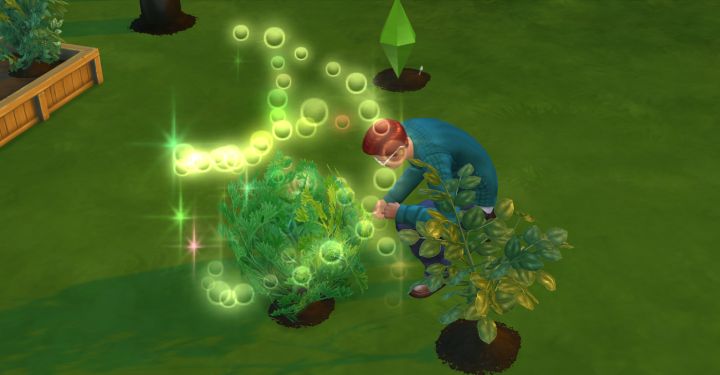

1989 Rowe 1997 Gerrienne and Meyer-Berthand 2007 Sims 2012). The fossil record indicates that, although the earliest Devonian seed plant lineages had very small ovules (☑0 mm 3), the range of sizes exhibited by extant nonflowering seed plants was established relatively early in the evolutionary history of the clade (e.g., Chaloner and Lacey 1977 Rothwell et al. However, that energetic trade-off is also associated with the plant's adult growth form (e.g., herb, shrub, tree), seed dispersal mechanism (e.g., wind, animal, water), and environmental factors such as biome, climate, and latitude (Westoby et al. During development, the volume of an individual ovule is genetically defined according to the parent plant's life-history strategy (i.e., producing a few large or many small seeds) (Sundaresan 2005 Verdú 2006). The evolution of seed size in flowering plants represents a unique system in which to test hypotheses related to the evolution of ecophenotypic diversity in a phylogenetic context because the average size of a species’ seed is correlated with an array of factors associated with that plant's ecological niche (Tiffney 1984 Eriksson et al. Teasing apart the relative impacts of phylogenetic constraints and ecological adaptations is fundamental to our understanding of the evolution of morphological diversity in the history of life (e.g., Gould 1991 Foote 1997 Losos 2008 Futuyma 2010). These results suggest that evolutionary rates (morphological and taxonomic) are elevated in densely occupied regions of the seed morphospace relative to lineages whose ecophenotypic innovations have moved them toward the edges. Likewise, per-clade taxonomic diversification rates are not associated with the seed size of the clade but with where the clade falls within the angiosperm seed size distribution. Comparative phylogenetic analysis indicated that morphological rates are not associated with the clade's seed size but are negatively correlated with the clade's position in the overall distribution of angiosperm seed sizes clades with seed sizes closer to the angiosperm mean had significantly higher morphological rates than clades with extremely small or extremely large seeds. Morphological rates of seed size evolution estimated for 40 clades based on 17,375 species ranged from 0.001 (Garryales) to 0.207 (Malvales). The lineages that have evolved seeds beyond the upper and lower boundaries that defined nonflowering seed plants since the Paleozoic are more dispersed across the angiosperm phylogeny than would be expected under a neutral model of phenotypic evolution. The evolution of seed size among angiosperms reflects their ecological diversification in a complex fitness landscape of life-history strategies.


 0 kommentar(er)
0 kommentar(er)
